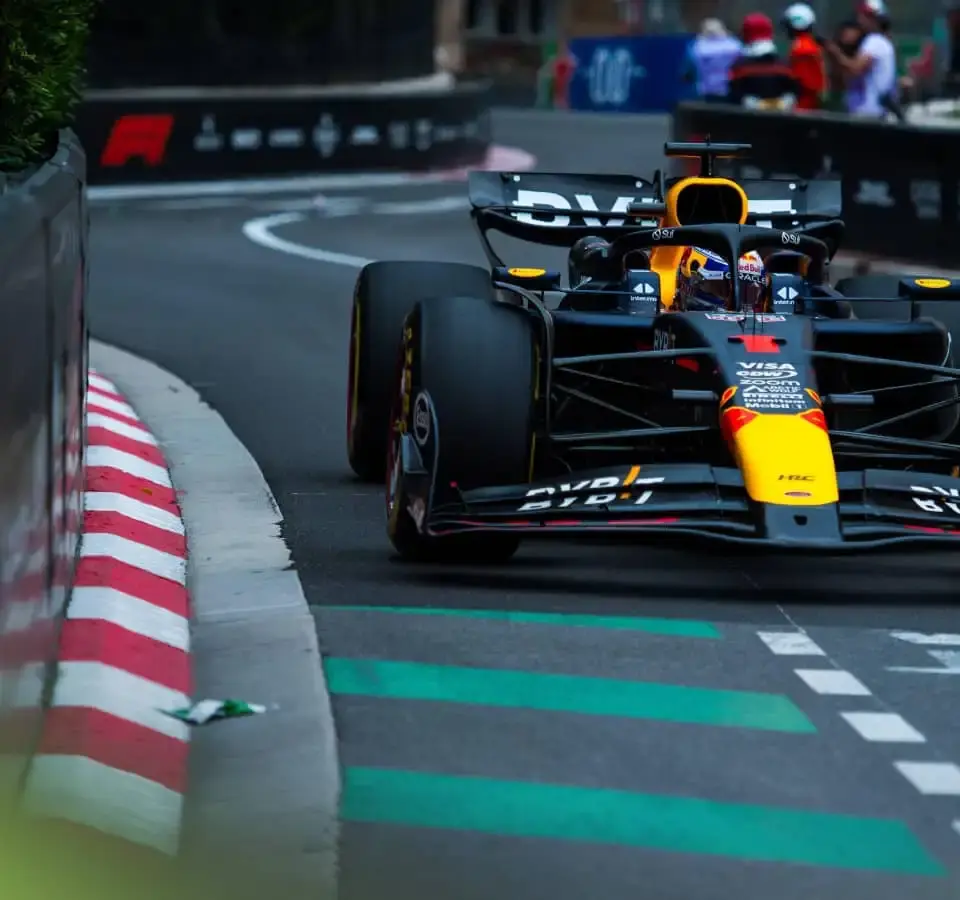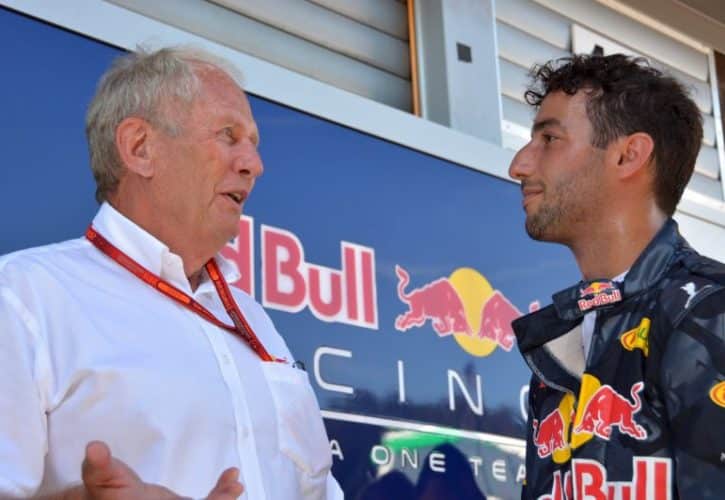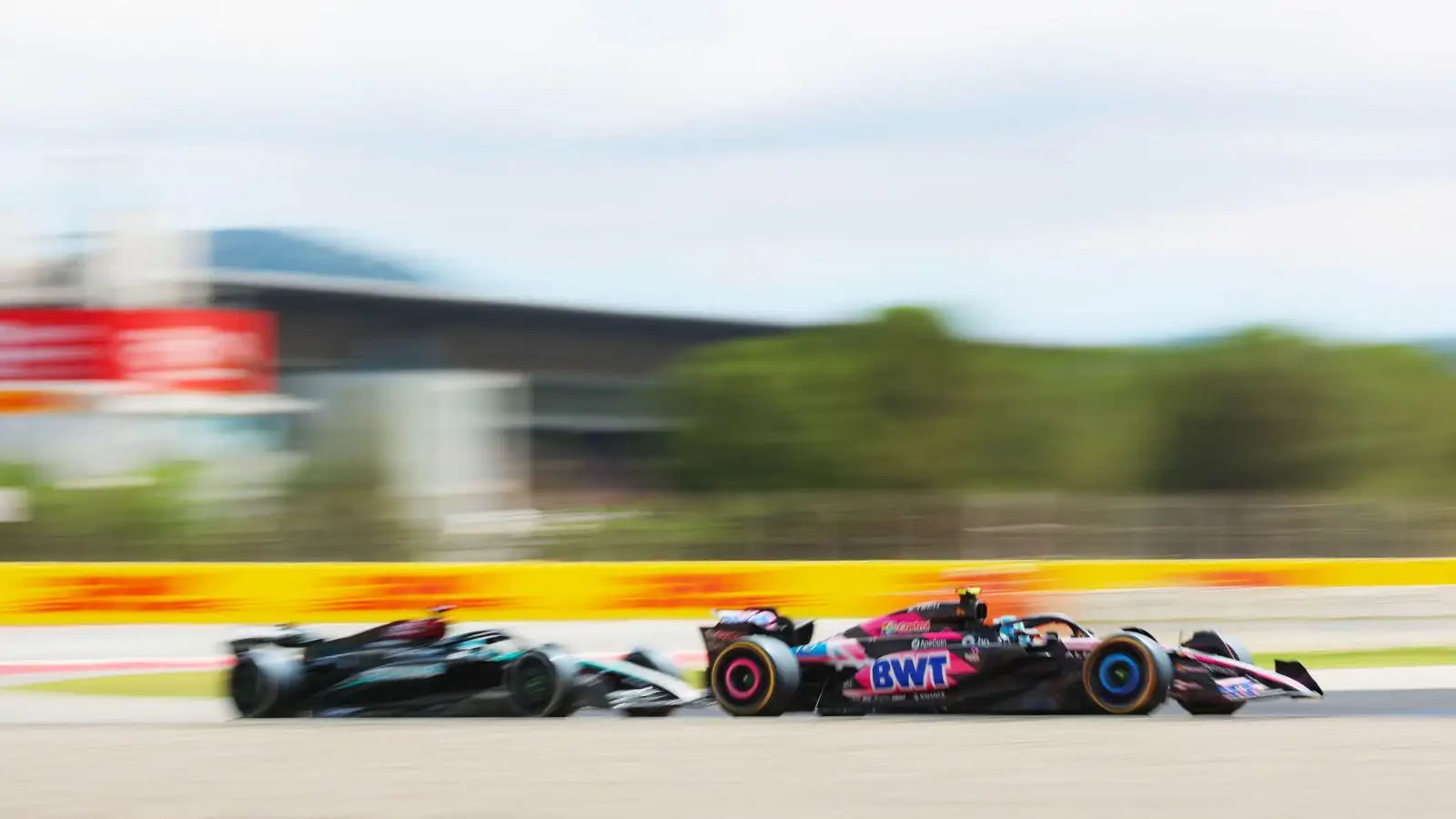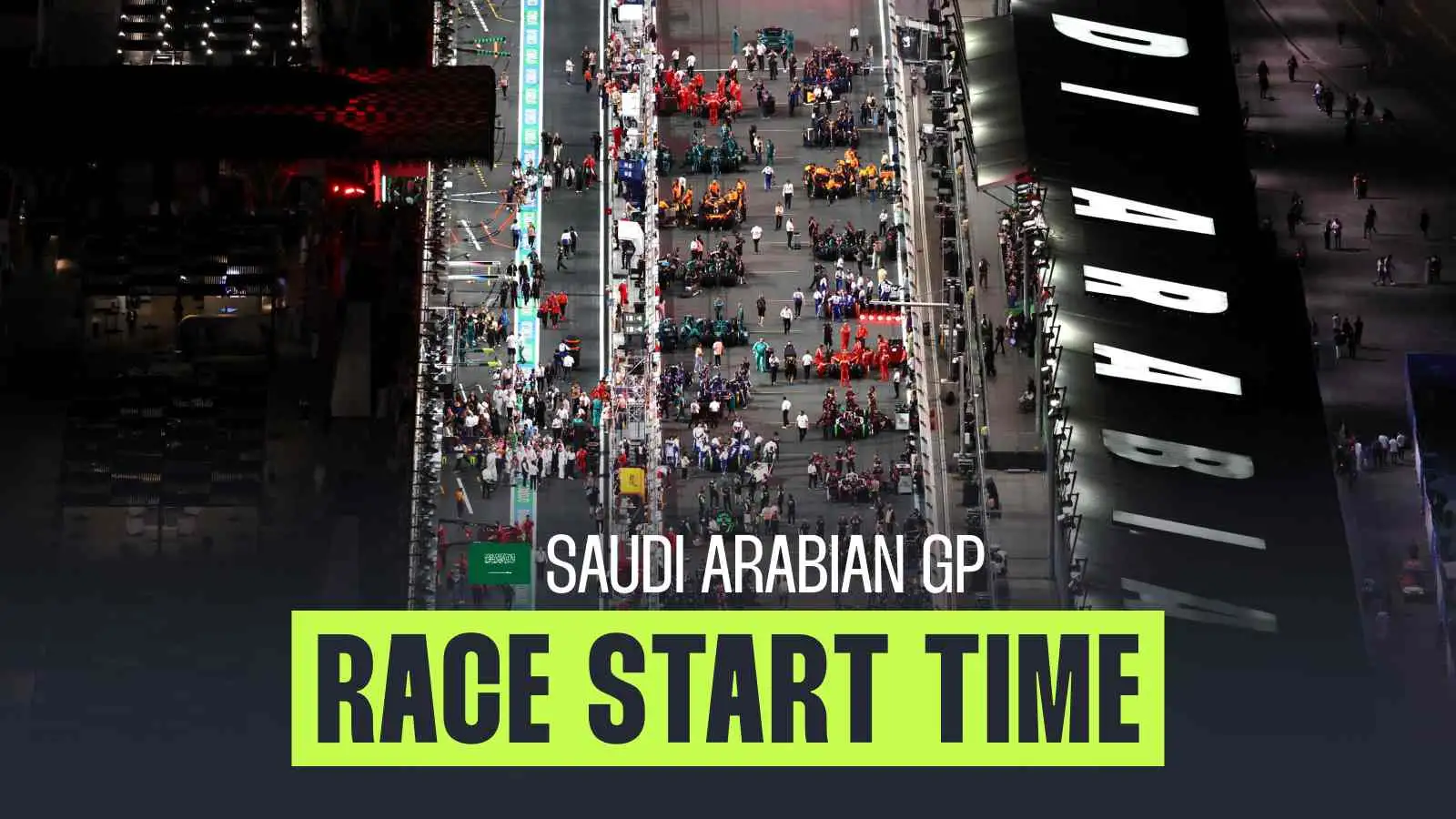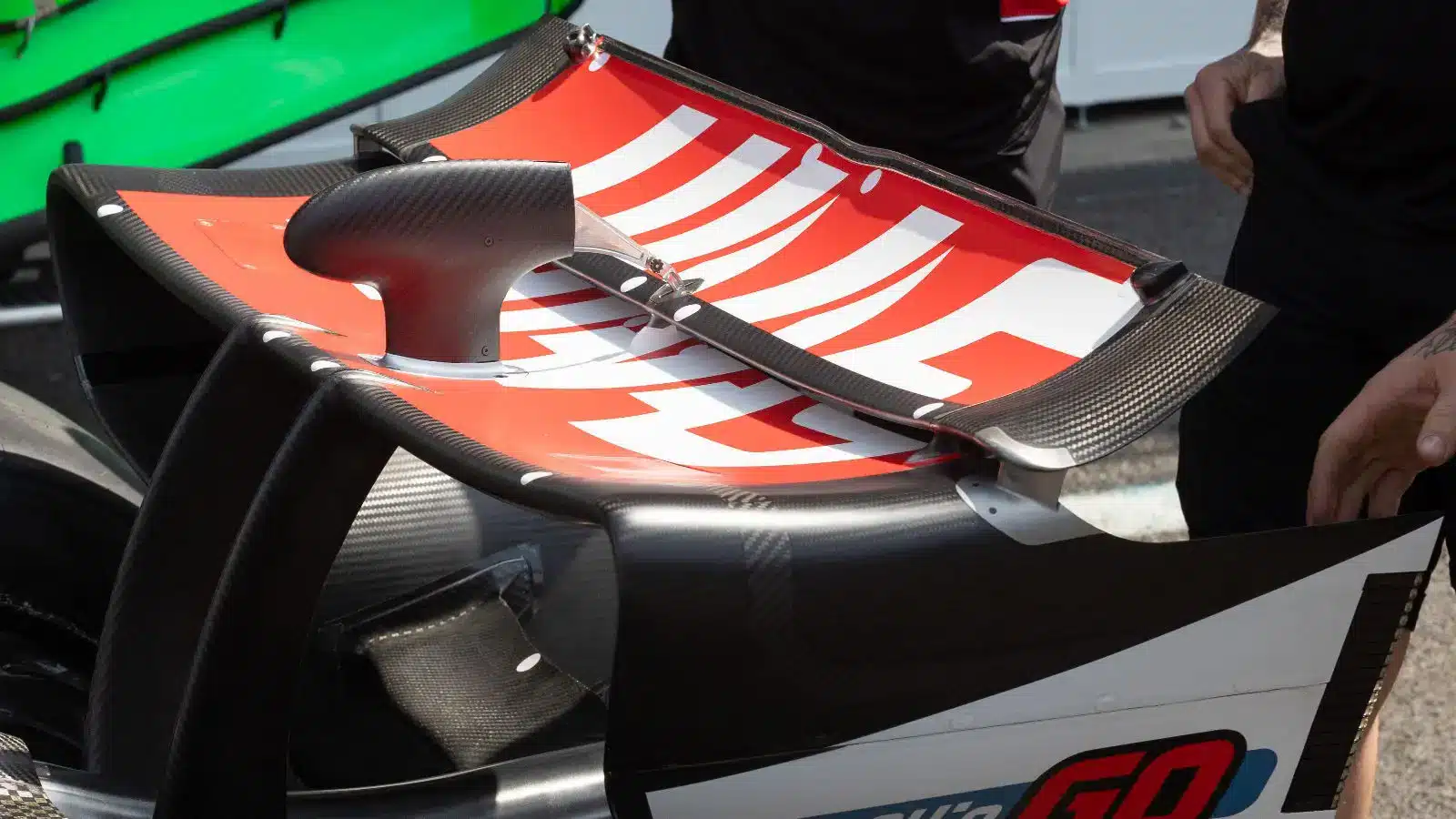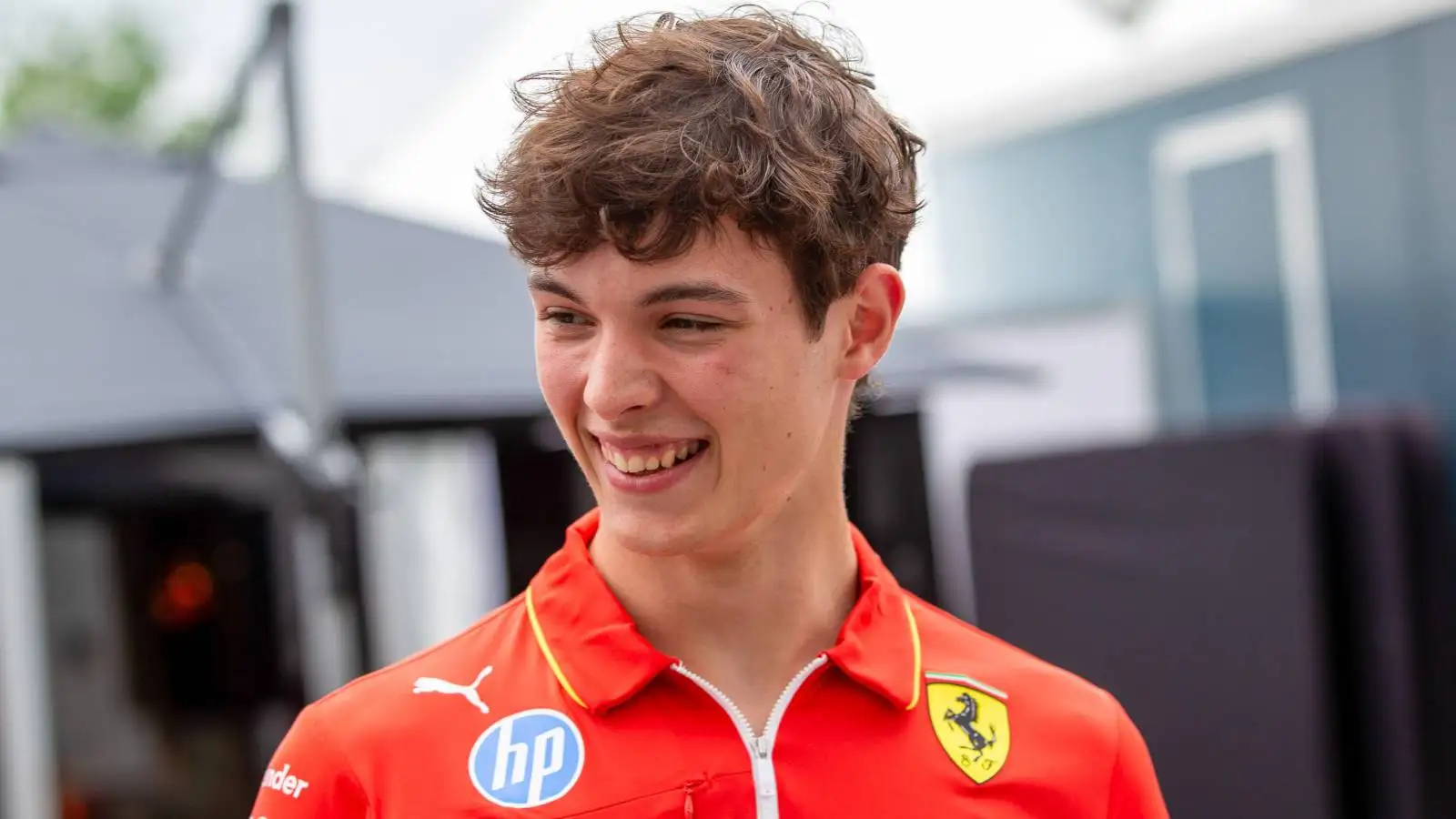Ferrari and Mercedes are among four teams to have adopted a clever Red Bull suspension trick for the F1 2024 season, according to recent claims. Interestingly, Ferrari’s approach is said to be even better than the original.
Since the introduction of ground effect regulations in 2022, suspension has become one of the most critical areas of an F1 car. Red Bull’s anti-dive, anti-squat suspension setup was a key component of their highly successful 2023 season, where they won 21 out of 22 races, helping Max Verstappen secure his third consecutive World Championship.
This innovative suspension, personally designed by Adrian Newey, who studied ground effect aerodynamics at university, allows the car to lower its rear end until it stalls at maximum load on the straights. This results in a significant top-speed advantage.
By the third year of these regulations, other teams like Ferrari, Mercedes, Haas, and RB have started adopting similar strategies. Auto Motor und Sport reports that Ferrari’s version is an upgrade on Red Bull’s original design. Haas has been using this system since the Miami Grand Prix, contributing to their strong start in the Constructors’ standings.
This switch has also been linked to AlphaTauri’s dramatic recovery in the 2023 season, finishing eighth after being at the bottom for most of the year. The key to the breakthrough for Red Bull’s competitors lies in switching from old-fashioned disc springs to easier-to-adjust torsion bars. A minor change in setup, as small as half a millimeter, can significantly boost performance.
Ferrari notably benefited from this new setup, securing their second victory of the 2024 season at Monaco with Charles Leclerc, while Verstappen could only manage sixth place. Despite being heavier than traditional setups, the Red Bull-inspired suspension offers better optimization of the rear ride height across different speeds, making it effective in various conditions.
The improved suspension system could keep the rear of the car relatively high in slow corners, enhancing its ability to handle kerbs and bumps, as demonstrated by Leclerc in Monaco. Verstappen, on the other hand, described his RB20 as struggling with kerbs, bumps, and camber changes, likening it to a go-kart.
Mercedes’ trackside engineering director, Andrew Shovlin, highlighted the challenges of rear ground clearance in the current era compared to past generations. To achieve maximum downforce, cars must drive close to the road, which impacts handling and requires a delicate balance. Shovlin explained, ‘With these cars, you have to live with more compromises than before and the biggest compromise is the height at the rear.’
Though the setup offers increased downforce, it also demands precise mechanical balance to form a solid platform for aerodynamic stability. Other teams like McLaren, Aston Martin, Williams, Sauber, and Alpine are either using more conventional setups or experimenting with adaptable dampers and springs, potentially planning to adopt this new suspension trick in the future.
As the 2024 F1 season progresses, it’s evident that Red Bull’s innovative suspension has set a trend that major teams like Ferrari and Mercedes are eager to follow. The advancements in suspension design could be a game-changer, significantly impacting the dynamics and performance of F1 cars.
